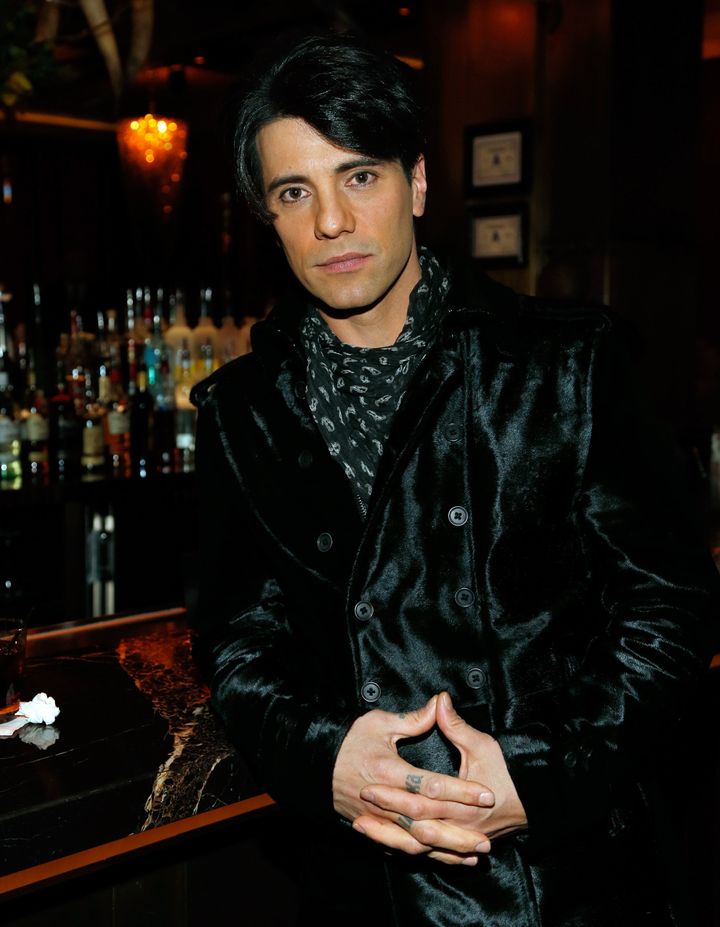
The recent box office performance of The Incredible Burt Wonderstone, a movie about dueling magicians on the Las Vegas strip, has some speculating that the art of magic has become passé.
Nonsense.
As someone who has performed illusions in clubs, on stage, in the streets and is now preparing for a new Spike-TV magic "docuseries" this fall, I can tell you that magic continues to exert a strong pull on people, ever as the art itself morphs to reflect its cultural context. The evidence is in how magicians continue to pack them in on the Strip, where I am fortunate my BeLIEve show continues to draw huge audiences to the Luxor Hotel and Casino's 1,533-seat theater.
Magic speaks to the child in all of us. No matter how sophisticated we become, there's still a part of us that wants to believe in an alternative reality, where we can defy the laws of nature. Indeed, most magicians catch the bug as kids. My first audience was my family in Long Island. My first "assistant" was my mother, whom I levitated on a broom in our living room.
Magic also speaks to the adult in us. We are not just captivated by the illusion, but by how the illusion connects to us in a bigger way. When a demonstration can transport us beyond questions of how it is done, then it becomes the purest form of magic -- the magic of emotion.
Most of all, magic is in our cultural DNA.
I like to say magic is the world's second oldest profession, a mystical and often awe-inspiring spectacle that, throughout the ages, has blended superstition, trickery and religion. Ancient priests held believers spellbound with their "supernatural" powers. Secular magicians amused crowds in the streets and the market. Kings counted magicians among their court entertainers and advisors.
In our modern era, magic has captivated audiences by blurring the lines between reality and fantasy.
One of my inspirations, Harry Houdini, remains an icon of the art because he defied our primal fears. His demonstrations in the early 20 Century -- especially his escape from the Chinese Water Torture Cell -- represented the triumph over suffocation, drowning, disorientation and helplessness. Not only were his demonstrations cutting edge for the pop culture of the day, they gave people hope that anything was possible in their own lives.
After Houdini's untimely death on Halloween in 1926, the art of magic faded from the spotlight. Magic was produced by practitioners in stiff tuxedos who made the rounds of nightclubs, dinner theaters and, eventually, the Ed Sullivan Show.
Then came Doug Henning, who recast the ancient practice as a colorful production. On his groundbreaking 1975 live NBC special, The World of Magic, Henning not only assumed Houdini's mantle but he resurrected the genre with his hippy-like hair, sequins costumes and unbridled joy. It was perfect for a new medium -- television -- and a new generation weaned on the tube.
His heir, David Copperfield, went further by combining illusion with story telling. Siegfried and Roy became Las Vegas personified with their over-the-top act that combined magic with exotic animals.
Enter David Blaine, who took magic in a different direction.
While melding the theatrical presentation with Houdini-like physicality, Blaine took the art of close-up human magic off the stage and back on the streets. He made the audience the star by putting the camera on its reactions.
Meanwhile, my MindFreak television series for A&E placed demonstrations in the real world and in real environments, whether it meant levitating 550 feet above the Luxor or walking on the water of Lake Mead. Blaine and I took magic out of the "box" of staged entertainment and made it relevant to a younger audience. My Spike-TV series will push that boundary with 117 even more challenging demonstrations, as well as glimpses into the secrets behind them. Both preparation and performance will be part of the magic.
It was the shift from Copperfield, Siegfried and Roy to Blaine and Angel that Burt Wonderstone tried to capture. The fact that it was not well received as a movie is no reflection on our enduring fascination with magic itself.
Magic will never disappear. The only mystery will be what form it will take and how it will amaze us by remaining relevant to the culture it reflects.